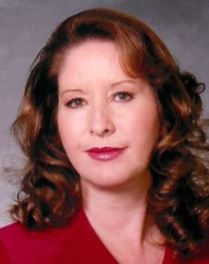California’s parent empowerment law spawned organizing campaigns aimed at transforming individual schools by parent petition, and went on to inspire legislative showdowns over similar “parent trigger” legislation across the country, including in Florida.

Yet that was only half of what the law did. Another part of the 2010 statute could affect students at 1,000 California schools, and one of the law’s original architects says that provision has yet to get the attention it deserves.
In brief, it also allows parents at those schools, determined to be the lowest-performing in the state, to transfer their children to a higher-performing public school. It’s analogous to Florida’s Opportunity Scholarships, which allow children assigned to schools that earn low grades to transfer to other public schools.
California’s program casts a wider net that could affect nearly 10 times the number of schools. But it can’t help parents who don’t know it exists, or whether its applies to their schools, or what it allows them to do.
For that reason, former state Sen. Gloria Romero, who sponsored the original legislation, has set up a new organization aimed at informing parents of their rights under the law.
“We want to create public awareness – to reach out to parents whose kids are enrolled in one of these 1,000 schools,” she said.
Starting this summmer, the Center for Parent Empowerment has been operating out of an office in East Los Angeles. In addition to cajoling education officials to support the goals of the law she helped put on the books, the Democratic former lawmaker says she plans to hold meetings with parents from key schools on the list.
In a recent phone interview, Romero said the state’s convoluted formula for selecting the “persistently lowest achieving” schools isn’t perfect. But she’s also had a hard time getting good information from school districts about how many parents are taking advantage of the law, and what’s being done to inform them of their options.
“Supposedly that’s already done, but it’s usually done in bureaucrat-ese, and at a level of literacy that is seldom understood,” she said. Parents are “not going to elect to use the law if they don’t understand the academic standing of their own school.”
An increasing number of groups aren’t just pushing for new school choice policies, but identifying barriers to choice, and ways to address them. One premise of Romero’s new effort is that information can be a major barrier, especially in communities with large numbers of low-income parents, many of whom might not be fluent in English.
She questions whether any parent should be expected to navigate the state Department of Education’s website to sift through a spreadsheet with the list of identified schools in time to arrange for their child to enroll in another school.
If parents assigned to struggling schools don’t have access to other options, Romero said, “what we do is essentially geographical redlining.”
“There are always barriers,” she said. “But barriers can be overcome, and they can be overcome with sound policy – access to the same education opportunities as more affluent children.”



[…] if it has been underperforming for years. The author of the original Parent Trigger bill has just started a foundation to let parents know one of their options under the law is transferring their ki… from a persistently poor-performing public school to a higher-performing one […]